6 Indian Mythical creatures
Yazhi, 5 headed snake

1., Yazhi:
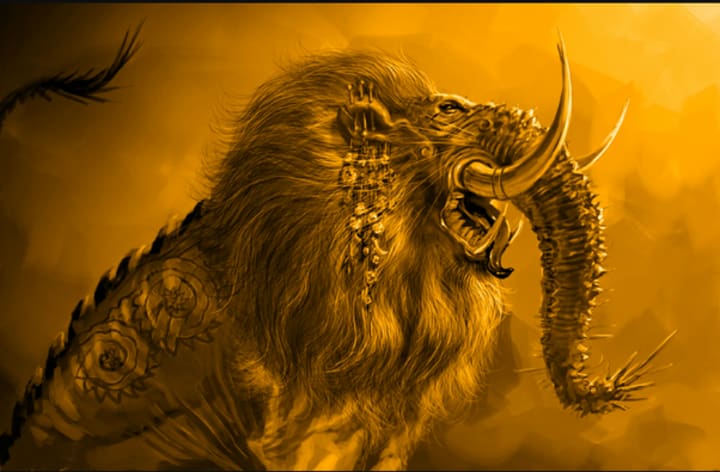
Yazhi is a mythical creature in Hindu mythology that is depicted as a combination of various animals. It is also known as Yali or Vyala in some regions of India.
The Yazhi is typically depicted as a fierce and powerful creature with the body of a lion or tiger, the tusks of an elephant, and the tail of a serpent or dragon. It also has wings like a bird and sharp claws like an eagle. The Yazhi is often shown standing or walking on its hind legs, and it is believed to be a protector of temples and sacred spaces.
According to Hindu mythology, the Yazhi was created by Lord Shiva as a guardian for his consort, Goddess Parvati. It is said to have immense strength and is believed to be invincible. The Yazhi is also said to have the ability to ward off evil spirits and protect against any harm.
In South India, the Yazhi is a common architectural element in temple construction. It is often carved onto the pillars, walls, and ceilings of Hindu temples, particularly in the Dravidian style of architecture. The Yazhi is also used as a symbol of strength and protection in South Indian culture, and it is often depicted on coins, flags, and emblems.
In Tamil Nadu, the Yazhi is known as the guardian of the south, and it is often depicted with its mouth open, ready to attack any evil that comes its way. The Yazhi is also associated with the planet Mars and is believed to bring good luck and prosperity.
Overall, the Yazhi is a revered and powerful mythical creature in Hindu mythology, and it continues to be an important symbol of strength, protection, and good fortune in South Indian culture.
2., 5 head snake:
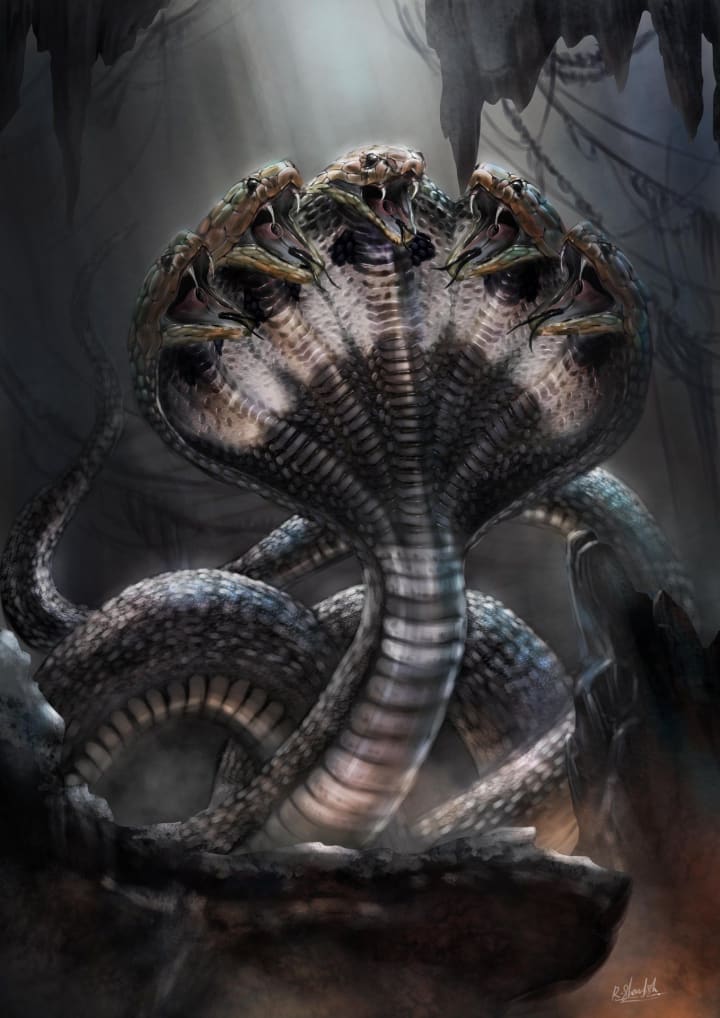
The concept of a five-headed snake is prevalent in many cultures around the world, including Hindu mythology, where it is known as the Shesha or Ananta Nag. The story of the five-headed snake is steeped in myth and legend, and it has been passed down through generations in different forms.
In Hindu mythology, the five-headed snake is considered to be a manifestation of Lord Vishnu, who is one of the most important deities in the Hindu pantheon. According to legend, the five-headed snake was created by Lord Vishnu to serve as his bed when he reclined on the cosmic ocean. The snake is said to have five heads to represent the five elements of nature: earth, water, fire, air, and ether.
The Shesha Nag is also associated with Lord Shiva, who is considered to be the destroyer and transformer in Hindu mythology. In some stories, the five-headed snake is depicted as a fierce protector of Lord Shiva and his consort, Goddess Parvati.
In other cultures, the concept of a five-headed snake is associated with evil and danger. For example, in Greek mythology, the Hydra is a multi-headed serpent that was believed to be invincible and posed a great threat to humans. It was eventually slain by the hero Hercules, who cut off each of its heads and cauterized the wounds to prevent new ones from growing.
In popular culture, the five-headed snake has been featured in movies, books, and video games, often as a mythical creature that possesses immense power and is difficult to defeat.
Overall, the concept of a five-headed snake has been prevalent in various cultures around the world, each with its own unique mythology and legends associated with it. The five heads of the snake represent different elements and symbolize different things in different cultures, but it remains a fascinating and mysterious creature in popular imagination.
3., Gandeberunda:

Gandeberunda is a mythical two-headed bird creature that is part of Hindu mythology and is widely regarded as a symbol of power and strength. It is believed to be an incarnation of Lord Vishnu, who is one of the three principal deities in Hinduism.
The Gandeberunda is depicted as a bird-like creature with two heads facing opposite directions, each with its own beak, eyes, and wings. The creature's body is typically covered in feathers, and it has strong talons and powerful wings. It is often depicted holding a serpent or two in its beaks or talons.
According to legend, the Gandeberunda was created by Lord Vishnu to protect the universe from evil and destruction. It is said to have immense strength and is capable of defeating even the most powerful demons and evil forces. The two heads of the Gandeberunda are believed to represent the duality of life and the balance between good and evil.
In South India, the Gandeberunda is a popular symbol of power and strength and is often used in art and architecture. It is a common motif in traditional designs, particularly in the form of woodcarvings, sculptures, and paintings.
In Karnataka, a southern state of India, the Gandeberunda is the official state emblem and is also used as a logo by several organizations and institutions. It is believed to bring good fortune and prosperity to those who display it.
Overall, the Gandeberunda is a revered and powerful mythical creature in Hindu mythology and remains an important symbol of strength, protection, and good fortune in South Indian culture.
4., Navagunjara:
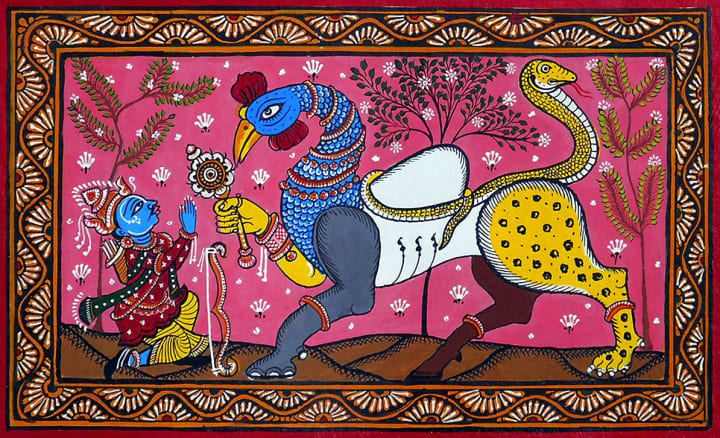
Navagunjara is a mythical creature from Hindu mythology that is believed to be an incarnation of Lord Vishnu. It is depicted as a creature with the head of a rooster, the neck of a peacock, the wings of a swan, the hump of a bull, the waist of a lion, the legs of an elephant, the tail of a serpent, and the body of a human.
The name Navagunjara is derived from the combination of nine animals that make up its form - nava meaning "nine" and gunjara meaning "animal". According to legend, Navagunjara appeared in front of the Pandavas, who were five brothers in the epic Mahabharata, during their exile in the forest. It is said to have symbolized the unity and oneness of all living beings, regardless of their differences.
The story of Navagunjara is also associated with the concept of Maya, or illusion, in Hindu philosophy. It is believed that the Pandavas mistook Navagunjara for a divine being and tried to offer worship to it, only to realize that it was a manifestation of Lord Vishnu and that true divinity lies beyond the material form.
In popular culture, Navagunjara is often depicted in paintings and sculptures as a majestic and awe-inspiring creature, with each of its animal parts portrayed in intricate detail. It is also a popular subject in dance and music, particularly in the traditional art forms of Odissi and Bharatanatyam.
Overall, Navagunjara is an important symbol of unity and diversity in Hindu mythology and serves as a reminder of the interconnectedness of all living beings. Its unique form and symbolism continue to inspire and captivate people around the world.
5.,Bhoota Vahana Yantra:
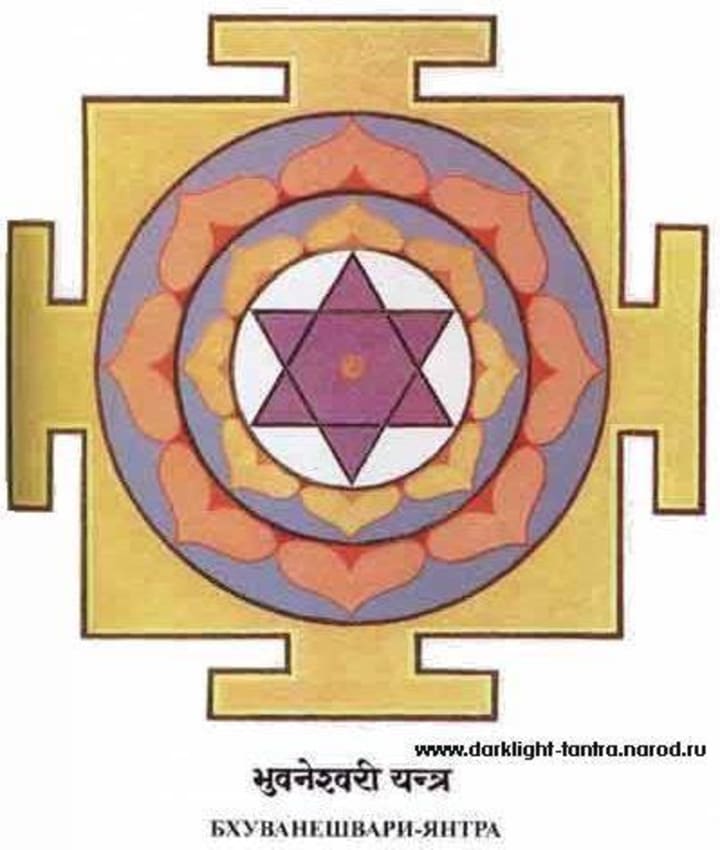
Bhoota Vahana Yantra is a mystical symbol or diagram that is used in Hinduism and is believed to have powerful spiritual properties. It is also known as the "vehicle of the spirits" and is often associated with the worship of the god Shiva.
The Bhoota Vahana Yantra is a circular diagram that features a series of concentric circles and intricate geometrical patterns. At the center of the yantra is a small circle, which represents the soul or the divine essence of the universe. Surrounding this center circle are eight lotus petals, which symbolize the eight directions and the various elements of the cosmos.
The outermost layer of the yantra consists of four triangles, which are arranged in a diamond shape and represent the four primary directions. These triangles are further divided into smaller triangles, which represent the various manifestations of the divine.
The Bhoota Vahana Yantra is believed to be a powerful tool for meditation and spiritual transformation. It is said to help the practitioner connect with the divine energies of the universe and access higher states of consciousness. It is also used in various rituals and ceremonies, particularly those that are associated with the worship of Shiva.
According to Hindu mythology, the Bhoota Vahana Yantra was given to the sage Agastya by Lord Shiva himself. It is believed to have originated in ancient India and has been used by mystics and spiritual seekers for centuries.
Overall, the Bhoota Vahana Yantra is a sacred symbol in Hinduism that represents the unity of the universe and the divine essence that permeates all things. It is a powerful tool for spiritual growth and transformation, and is revered by many as a symbol of divine wisdom and insight.
6., Rakshasa:
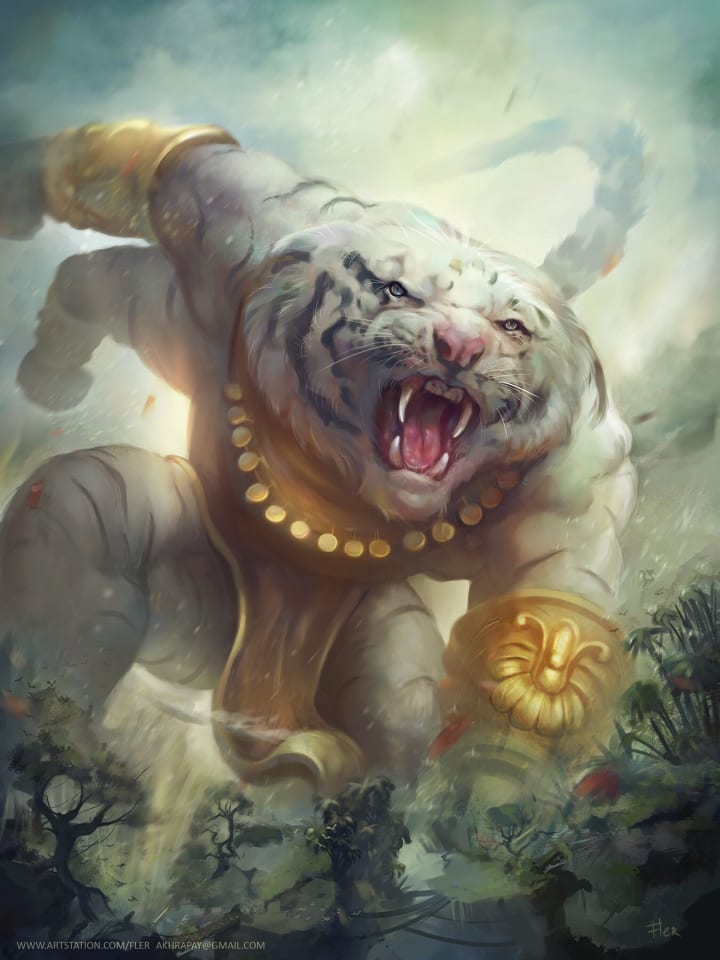
Rakshasa (also spelled as Raksasa) is a type of supernatural being or demon in Hindu mythology. The word "rakshasa" comes from the Sanskrit root "raksh", which means to protect or to guard. However, in popular culture, Rakshasas are often depicted as malevolent beings who feed on human flesh and are associated with darkness and evil.
In Hindu mythology, Rakshasas are often portrayed as powerful and fearsome demons who possess magical abilities and can change their shape or form at will. They are sometimes depicted as being able to fly, disappear or create illusions to deceive their enemies. Rakshasas are often associated with the night, and are said to come out after dark to hunt and prey on humans.
According to some legends, Rakshasas were originally created by the god Brahma to protect the world from evil, but over time they became corrupted and turned to dark and malevolent deeds. In other stories, they are said to be descendants of the sage Pulastya, who was born from the breath of the god Brahma.
Rakshasas feature prominently in many Hindu epics and mythological stories, such as the Ramayana and the Mahabharata. In the Ramayana, the demon king Ravana, who kidnaps the wife of Lord Rama, is depicted as a powerful Rakshasa. In the Mahabharata, the Rakshasa named Hidimba is an ally of the Pandavas.
In popular culture, Rakshasas are often depicted as monstrous and terrifying creatures with sharp claws, fangs, and grotesque appearances. They are also frequently portrayed in modern literature, film, and television as antagonistic beings, often serving as a metaphor for darkness and evil.
Overall, Rakshasas are an important part of Hindu mythology and serve as a reminder of the struggle between good and evil in the world. Despite their fearsome reputation, they are also considered to be protectors of the natural world and are revered in some parts of India as guardians of the forests and wilderness.
About the Creator
Enjoyed the story? Support the Creator.
Subscribe for free to receive all their stories in your feed. You could also pledge your support or give them a one-off tip, letting them know you appreciate their work.


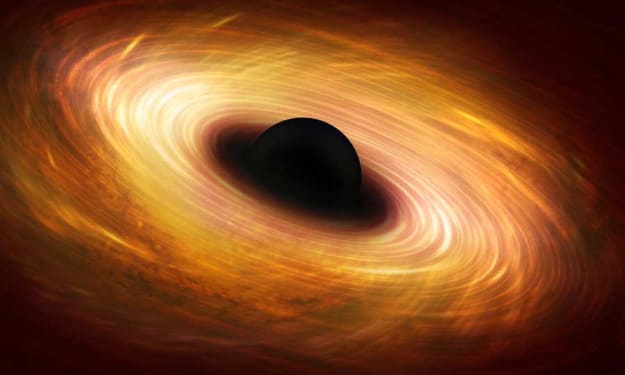



Comments
There are no comments for this story
Be the first to respond and start the conversation.